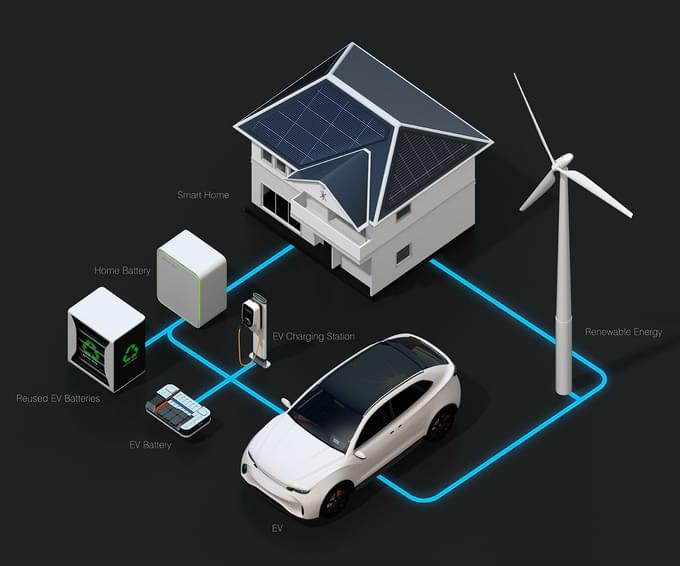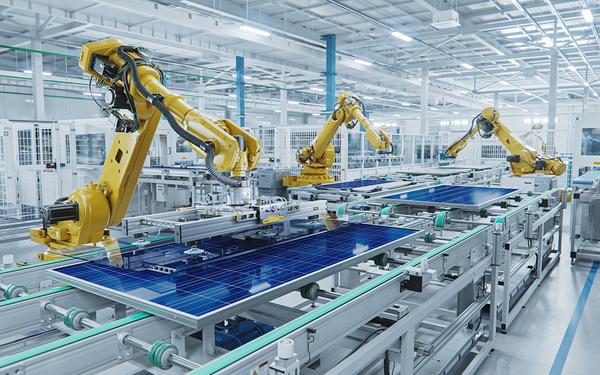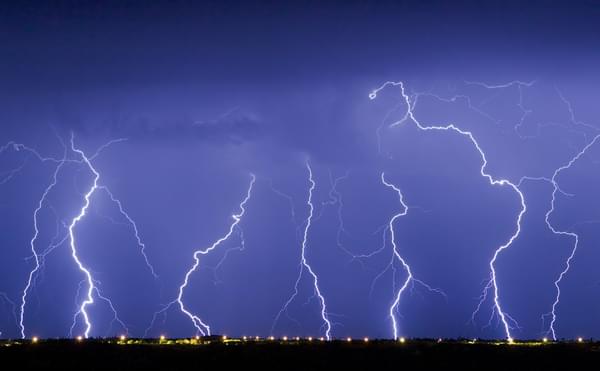
Lithium-ion battery storage is one of the most exciting new and innovative energy options changing the energy landscape, but it also poses some unique challenges for fire safety design. Dr Rui Sun explores how to keep your building safe without compromising the benefits of this new smart energy solution.
Driven by the worldwide changing energy landscape, the development of smarter energy storage is accelerating. A smart energy strategy presents a brilliant opportunity to access cheaper, cleaner and more reliable energy for businesses and homes by allowing consumers (domestic and commercial) to store energy to access as needed, avoiding reliance on the grid. The commercial benefits of this are vast.
From a technology perspective, in the current market, the most popular accumulator is the lithium-ion battery. It is lightweight, rechargeable and stores a lot of energy in relation to its size for a reasonably long period without losing voltage. More importantly, thanks to the use of lithium-ion technology, the cost of energy storage has been reduced by 50%.
However, energy accumulation systems using lithium-ion batteries present unique challenges for fire safety design within buildings. They pose a new fire hazard that could be difficult to control and has no current UK regulation.
Fire risks associated with the use of lithium-ion batteries
Lithium-ion cells consist of two electrodes: negative and positive, with an ion-conducting, flammable electrolyte and separator in between, housed in cabinets or equivalent configurations that protect them.
Any damage to the battery structure, mainly the separator, could cause an internal short-circuit that can lead to ‘thermal runaway’, an unstoppable chain reaction resulting in rapid temperature increase and sudden energy release within the battery system. This could eventually lead to a catastrophic rupturing of battery cells and result in the remaining material burning at a very high temperature (over 800°C).
Extinguishing fires caused by battery thermal runaway presents a challenge for firefighting. The combustion of lithium-ion cells produces oxygen which actually contributes to fire growth. The lithium-ion battery can also be seemingly reignited days or weeks after the initial extinguish.
“Lithium-ion batteries present unique challenges for fire safety design within buildings. They pose a new fire hazard that could be difficult to control and has no current UK regulation.”
Thermal runaway is not classified as an electrical (Class C) or flammable metal (Class D) fire. Traditional dry chemical and clean agent suppression could eliminate the visible flame but lacks the ability to cool down burning battery components to prevent progressive thermal runaway. Research has shown that the water suppression system is currently the preferable approach to control the thermal runaway due to its superior cooling capacity.
However, when combined with water, the lithium cells produce flammable gas (e.g. hydrogen), the accumulation of which could have an explosive effect when ignited, especially in the confined space such as compartments/rooms within a building.
In addition, lithium can also produce an aggressive acid and toxic fume that is hazardous to the environment as well as harmful to people including firefighters. It is worth noting that fire suppression systems are currently being developed for lithium-ion batteries, although limited information is currently available.
Mitigation and design considerations
Due to the complexity of the fire risk associated with such a battery system, especially in an enclosed environment, the control and mitigation measures should consist of multiple layers.
The earliest detection of a lithium-ion fire allows the most effective response for both life safety and property protection. Although a Battery Management System can be designed and installed to shut down the affected charging/discharging circuit, and it plays an important role in reducing the fire risk, it would not be able to determine whether a fire is occurring.
Off-gas detection should be designed into the battery system installation so that the failure of the battery cell can be detected in the ‘golden time’ before the occurrence of the catastrophic thermal runway. In addition, in the compartment containing the battery system, a reliable detection system should also be provided to detect both electrical fire and electrolyte gas release.
Many batteries have a safety mechanism to reduce the release of flammable gas or to prevent the battery exploding by the provision of internal ventilation. Deflagration venting should be provided, or a hazard mitigation analysis approach should be adopted, unless the energy storage system has been tested on a large-scale and can demonstrate that the flammable gas concentration in the room, building or compartment does not exceed 25% of the lower explosive limit.
“Energy storage systems in the built environment is a new topic for fire safety. The more we understand about its fire risk, the better we can design our buildings to accommodate smart energy systems.”
In the design of the building and arrangement of the energy storage system, the number, arrangement and packing density of the battery modules can have a significant influence on the requirements for fire detection and extinguishing.
Research has demonstrated that lithium-ion fire can be controlled by sprinkler system if the positioning, required discharge density of water and spatial separation of the energy storage system from combustible and non-combustible objects are designed following relevant guidance. Therefore, the location, separation and commissioning of the energy storage system should be given sufficient consideration in the early stage of the design.
Energy storage systems in the built environment is a new topic for fire safety. The research, standards development and training for all relevant parties for their fire safety is ongoing. The more we understand about the fire risk, the better we can design our buildings to accommodate smart energy systems. Robust fire safety design of a smart energy system requires inputs from multiple disciplines.
Early consultations with a fire safety engineer, local authority and system designer are crucial to ensure the safety, resilience and efficiency of the building are all integrated into the design.
Hydrock’s Fire Safety and Smart Energy teams work together to develop strategies for businesses introducing battery systems into the building design. Talk to us today.















































